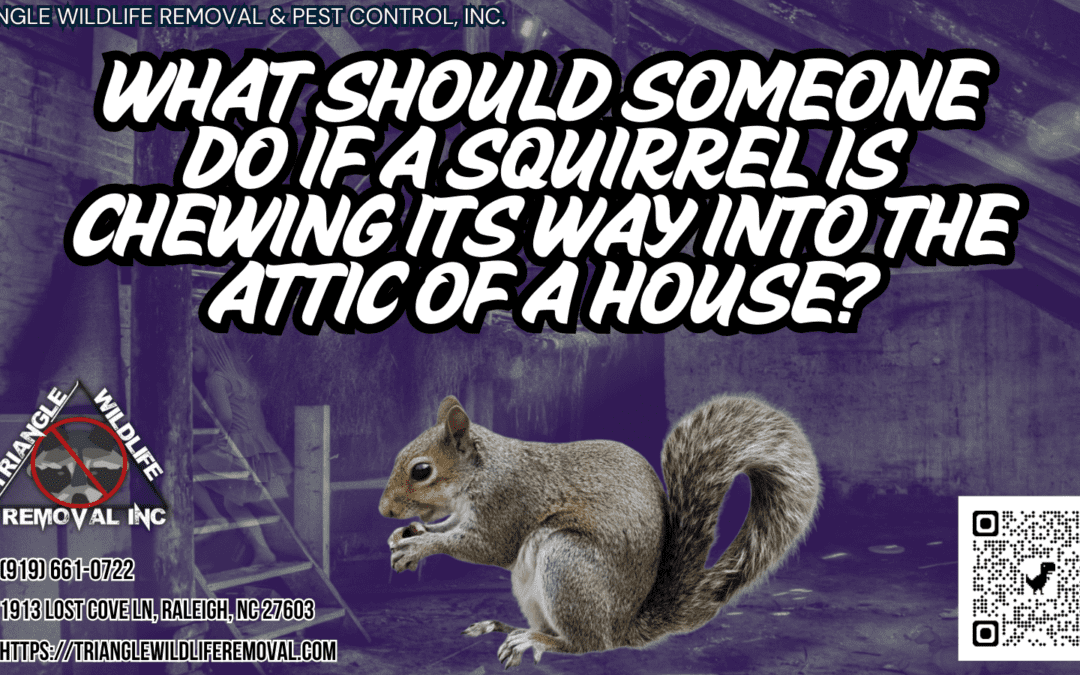When a squirrel starts to chew its way into the attic of a house, it can lead to potential structural damage and unwanted visitors in the living space. The first steps are crucial in addressing this issue effectively. By following a few simple yet essential steps, you can mitigate the situation and prevent further intrusion. However, it is important to act promptly and decisively to safeguard your home and ensure the safety of its occupants.
Key Takeaways
- Inspect attic for damage and entry points
- Remove attractants like food sources and easy access points
- Seal entry points with durable materials
- Consider seeking professional help for effective squirrel control
Assess the Damage
Before taking any action, carefully assess the extent of damage caused by squirrels in your attic. Inspect the insulation, wiring, wooden beams, and any personal belongings stored in the attic. Look for chewed wires, torn insulation, holes in the walls or ceiling, and nesting materials. Assessing repairs is crucial to determine the scope of work needed to restore your attic to its original condition.
Once you have evaluated the damage, the next step is to prevent reentry. Seal off any entry points that squirrels may use to access your attic. Check for gaps in the roof, vents, soffits, and any other openings that could serve as potential entry points. Use materials like wire mesh, steel wool, or caulk to block these openings effectively. By preventing reentry, you can avoid future squirrel infestations and the need for additional repairs. Remember, a thorough assessment and proactive approach are key to dealing with squirrels in your attic effectively.
Identify Entry Points
To effectively address the issue of squirrels in your attic, the first step is to identify and seal off all potential entry points that these critters may be using to access your home. Squirrels are agile and persistent creatures that can exploit even the smallest weak spots in your home’s exterior to gain entry. Conduct a thorough inspection of your roof, walls, vents, and windows to locate any gaps, cracks, or openings that could serve as entry points for squirrels. Common weak spots include loose or missing roof shingles, gaps around pipes or utility lines, and unsealed vents or chimneys. Prevention techniques such as sealing gaps with sturdy materials like steel wool or wire mesh, repairing damaged roofing, and trimming tree branches that provide easy access to your roof can help deter squirrels from entering your attic. By identifying and addressing these entry points promptly, you can effectively prevent squirrels from making a cozy home in your attic.
Remove Attractants
Identifying and removing potential attractants is crucial in deterring squirrels from taking up residence in your attic. To prevent squirrels from being drawn to your home, consider implementing deterrent methods and prevention techniques. Start by ensuring that all food sources are properly stored in airtight containers, including birdseed and pet food, as these can attract squirrels. Regularly clean up any fallen fruits or nuts in your yard, as these can also serve as attractants. Additionally, trim tree branches that may provide easy access to your roof or attic, as squirrels are agile climbers.
Another prevention technique is to secure your garbage cans with tight-fitting lids to prevent squirrels from scavenging for food. Avoid leaving out open compost piles, as these can also lure squirrels close to your home. By removing these attractants, you can significantly reduce the chances of squirrels making their way into your attic and causing potential damage.
Seal Entry Points
To effectively prevent squirrels from gaining access to your attic, it is essential to seal all potential entry points into your home. Preventing infestation starts with securing vulnerable areas that may serve as entry points for squirrels. Inspect your home thoroughly, paying close attention to gaps in the roofline, vents, chimneys, and any openings in the eaves or soffits. Squirrels can squeeze through surprisingly small openings, so even the tiniest gaps should not be overlooked.
Use materials such as heavy-duty hardware cloth, steel mesh, or metal flashing to seal off these entry points effectively. Make sure to secure these materials tightly to prevent squirrels from gnawing or pushing their way through. Additionally, trim tree branches that are close to your home to prevent squirrels from using them as bridges to access your roof.
Seek Professional Help
Considering the complexity of dealing with squirrel infestations in the attic, have you contemplated seeking professional assistance? When facing a persistent squirrel problem, it might be beneficial to enlist the help of experts in animal control or pest control. Here are some reasons why seeking professional help could be the best course of action:
- Expertise: Professionals have the knowledge and experience to effectively handle squirrel infestations, ensuring the problem is addressed thoroughly.
- Safety: Dealing with wildlife on your own can be risky. Professionals are equipped to manage squirrels safely and humanely, minimizing potential hazards.
- Long-term Solutions: While DIY solutions and preventive measures can be helpful, professionals can provide comprehensive strategies to prevent future squirrel intrusions, giving you peace of mind.

